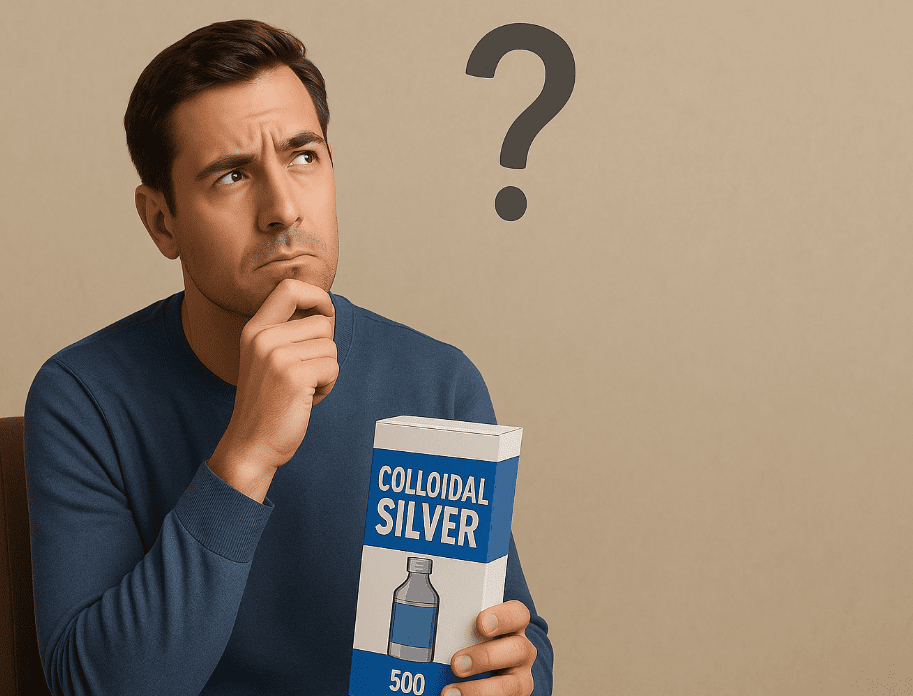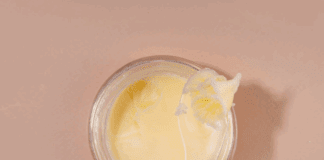Ear infections are common, especially in children, and can cause significant discomfort. While antibiotics remain the standard treatment, many people search for natural remedies. One controversial option is colloidal silver, a liquid suspension of tiny silver particles often promoted for its antimicrobial properties.
But is colloidal silver safe for ear infections? Does it actually work, or could it do more harm than good? In this guide, we’ll explore its uses, risks, scientific evidence, and safer alternatives so you can make an informed decision.
What Causes Ear Infections?
Ear infections typically develop when bacteria or viruses infect the middle ear, often after a cold or respiratory illness.
Common symptoms include:
-
Ear pain or pressure
-
Fluid drainage
-
Temporary hearing loss
-
Fever
-
Irritability (especially in children)
👉 If untreated, ear infections can sometimes lead to complications such as chronic pain, hearing issues, or more serious infections. Always consult a healthcare provider for a proper diagnosis.
What Is Colloidal Silver?
Colloidal silver is a solution of microscopic silver particles suspended in a liquid. Historically, silver was used to prevent food and water spoilage due to its antimicrobial properties. Today, it’s sold in forms such as:
-
Liquid drops
-
Sprays
-
Topical gels
It’s often marketed as a natural antibiotic, though medical organizations do not support these claims.
-
The U.S. Food and Drug Administration (FDA) warns against colloidal silver, citing risks like argyria (irreversible skin discoloration).
-
The National Center for Complementary and Integrative Health (NCCIH) reports no scientific evidence that colloidal silver is effective for infections.
-
The Mayo Clinic also warns that colloidal silver has no proven health benefits and can cause permanent side effects.
How Colloidal Silver Is Supposed to Work
Supporters claim colloidal silver can:
-
Kill bacteria, fungi, and viruses
-
Reduce inflammation
-
Relieve pain
These claims are based on silver’s antimicrobial effects in laboratory settings. However, no high-quality clinical trials confirm that colloidal silver is safe or effective for treating ear infections in humans.
Can You Use Colloidal Silver for Ear Infections?
Some people use colloidal silver drops in the ear or take it orally, hoping to treat infections. While anecdotal reports suggest symptom relief, scientific evidence is minimal.
Important considerations before using colloidal silver:
-
Consult a healthcare professional first
-
Never use it as a substitute for antibiotics in serious infections
-
Be aware of potential long-term side effects
👉 Bottom line: Colloidal silver is not recommended by medical professionals for ear infections, especially in children.
Risks and Side Effects of Colloidal Silver
Despite its popularity, colloidal silver carries serious risks.
Potential side effects include:
-
Argyria (permanent blue-gray skin discoloration)
-
Stomach upset
-
Kidney or liver damage
-
Reduced absorption of important medications (e.g., antibiotics, thyroid treatments)
⚠️ Both the FDA and Mayo Clinic warn that colloidal silver offers no proven health benefits and poses long-term health risks.
Colloidal Silver for Children and Toddlers
Parents often search for natural alternatives to antibiotics for their kids. However, children are more vulnerable to side effects.
Pediatric advice:
-
Do not use colloidal silver on toddlers without a doctor’s approval
-
Ear infections in children should be properly diagnosed and treated by a pediatrician
-
Safer symptom relief options (like warm compresses) should be prioritized
👉 Since colloidal silver is not approved for medical use, most pediatricians strongly advise against giving it to children.
Safer Alternatives for Ear Infection Relief
Looking for relief without unnecessary risks? Here are some safer options commonly recommended by doctors:
-
✅ Warm compresses → Relieve pain and pressure naturally
-
✅ Over-the-counter pain relievers (acetaminophen, ibuprofen) → Reduce discomfort and fever
-
✅ Garlic oil (with caution) → Sometimes used for mild antibacterial effects, but should never replace medical treatment
-
❌ Tea tree oil → Not recommended inside the ear canal due to risk of irritation
👉 Among home remedies, warm compresses are the safest and most effective for temporary relief.
What the Science Says
Here’s where the medical community stands:
-
No clinical trials confirm that colloidal silver works for ear infections
-
FDA: Warns against all medical use of colloidal silver
-
NCCIH: States no evidence supports its safety or effectiveness
-
Mayo Clinic: Lists risks, including permanent skin discoloration
Medical consensus: Colloidal silver is unsafe and ineffective for treating ear infections.
When to See a Doctor
Seek medical care if you or your child experiences:
-
Severe ear pain
-
High fever (above 102°F / 39°C)
-
Hearing loss or ongoing fluid discharge
-
Symptoms lasting more than 48 hours
Prompt treatment can prevent complications and ensure proper healing.
FAQs About Colloidal Silver and Ear Infections
Can colloidal silver cure ear infections?
No. There is no scientific evidence it cures ear infections.
Is colloidal silver safe for kids?
No. Experts warn against its use in children due to the high risk of side effects.
Why do people still use it?
Historical use and anecdotal testimonials drive its popularity, but personal reports are not scientific proof.
What’s the safest natural remedy for ear pain?
Warm compresses are safe and effective for temporary relief, but professional treatment is still recommended for infections.
Conclusion
Colloidal silver is often promoted as a natural remedy for ear infections, but science does not support its effectiveness or safety. While some users report relief, the risks—especially argyria and organ damage—far outweigh any unproven benefits.
For safe and effective care:
-
Use warm compresses or approved pain relievers for comfort
-
Always consult a healthcare provider for persistent or severe infections
-
Avoid colloidal silver, especially for children
👉 Final takeaway: Ear infections are best managed with evidence-based treatments. Natural relief methods like warm compresses may help, but colloidal silver is not worth the risk.









